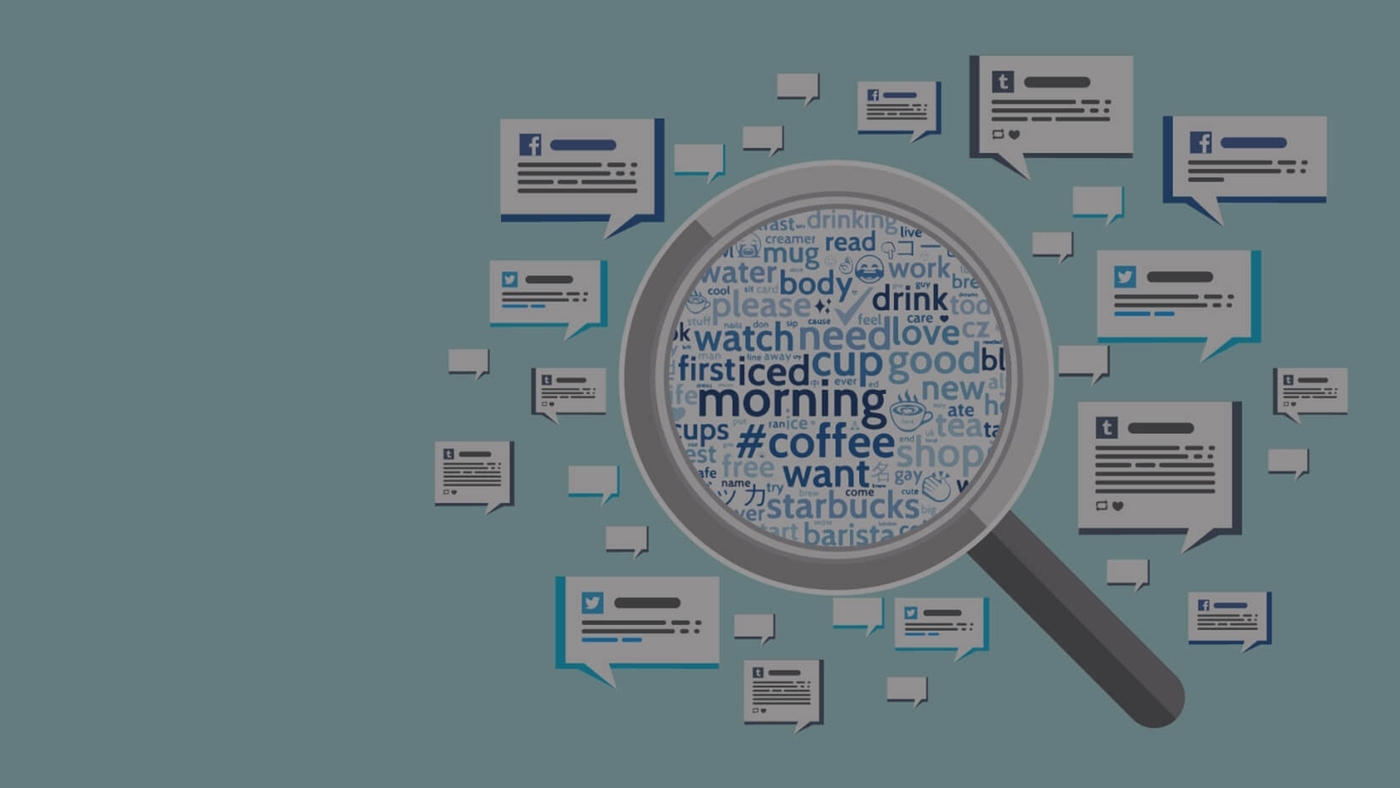
Text analytics is the process of using artificial intelligence and machine learning algorithms to analyze and extract information from text data. This can involve tasks such as text classification (e.g. identifying the topic or sentiment of a piece of text), entity extraction (e.g. identifying and extracting specific names, dates, or locations from text), and language translation (e.g. translating text from one language to another).
Text analysis is a process of extracting meaningful insights from text data using established patterns and trends. It involves structured analysis of the relevant data and can be done using various techniques, including linguistic, statistical, sentimental, semantic, and taxonomic analysis. Text analysis tools can help process large amounts of data from the internet and extract hidden or abstract information using machine learning technologies. This information can be used in various fields, including research and development, marketing and advertising, intellectual property, intelligence, life sciences, and social media monitoring.
There are many modern applications of text analytics, and the field is constantly evolving as new techniques and technologies are developed. Some examples of current and emerging applications of text analytics include:
1. Social media analysis: Text analytics can be used to analyze social media posts and conversations to understand the public sentiment, identify trends and patterns, and gather insights about consumer behavior and preferences.
2. Customer service and support: Text analytics can be used to analyze customer feedback, reviews, and support requests to identify areas for improvement, resolve issues more efficiently, and improve customer satisfaction.
3. Marketing and advertising: Text analytics can be used to analyze customer reviews, social media posts, and other forms of customer feedback to understand consumer preferences and behavior, and to optimize marketing and advertising campaigns.
4. Risk assessment and fraud detection: Text analytics can be used to analyze large volumes of text data, such as financial transactions or customer interactions, to identify patterns and trends that may indicate risk or fraudulent activity.
5. Healthcare: Text analytics can be used to analyze electronic medical records, clinical notes, and other forms of healthcare data to extract important information, identify trends and patterns, and improve patient care.
6. Legal: Text analytics can be used to analyze legal documents, contracts, and other forms of legal text to identify important terms, extract key information, and assist with legal research and analysis.
7. Education: Text analytics can be used to analyze student writing and feedback to identify areas for improvement, assess the effectiveness of teaching methods, and measure student progress.
8. Human resources: Text analytics can be used to analyze resumes, job descriptions, and employee feedback to identify trends and patterns, and to optimize hiring and retention practices.
Case Study: Text Analytics in Customer Service and support
A large online retailer decided to use text analytics to improve the efficiency and effectiveness of its customer service department. The company's customer service representatives received a high volume of inquiries via email and social media, and the company wanted to find a way to better understand and respond to these inquiries in a timely and helpful manner.
To do this, the company implemented a text analytics system that analyzed the content of customer inquiries and automatically assigned them to appropriate categories based on the topic of the inquiry. For example, inquiries about order tracking were automatically routed to the order tracking team, while inquiries about returns were routed to the returns team.
The text analytics system also automatically generated responses to common inquiries, such as how to track an order or how to return an item. These responses were reviewed by human customer service representatives to ensure their accuracy and helpfulness, and were then sent to customers automatically.
The implementation of the text analytics system had a number of benefits for the company's customer service department. It reduced the workload of human customer service representatives by automating many routine tasks, allowing them to focus on more complex inquiries. It also improved the speed and accuracy of responses to customers, leading to higher levels of customer satisfaction.
Overall, the use of text analytics in customer service helped the company to improve efficiency and effectiveness, leading to cost savings and increased profits. It also helped the company to better understand and respond to the needs of its customers, leading to improved customer loyalty and retention. Image Source
No Comments Yet